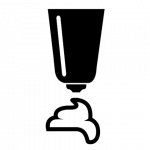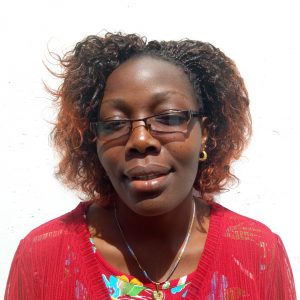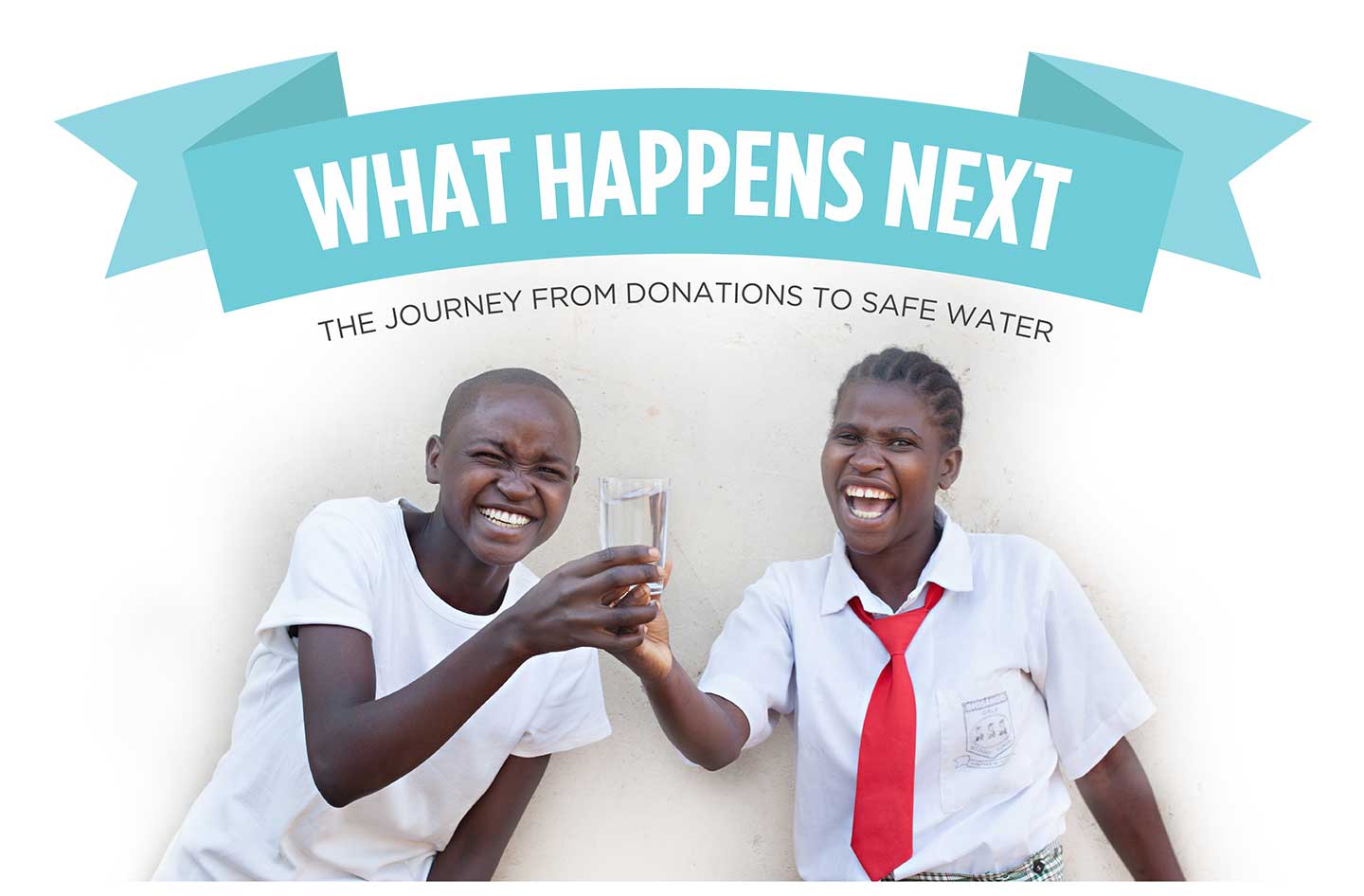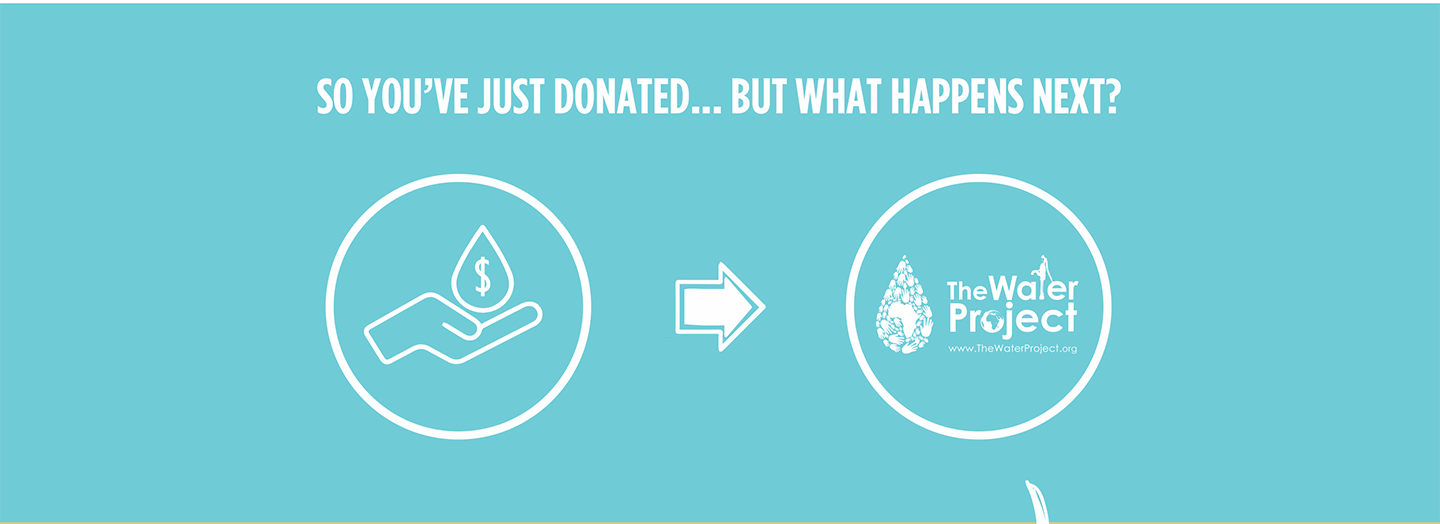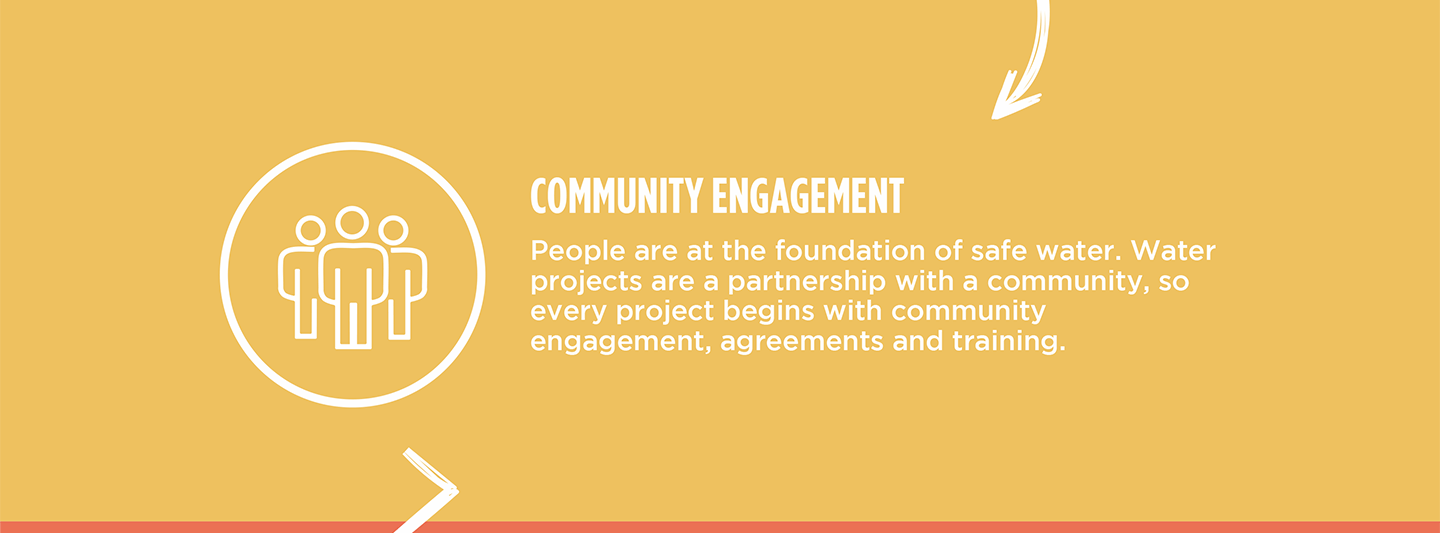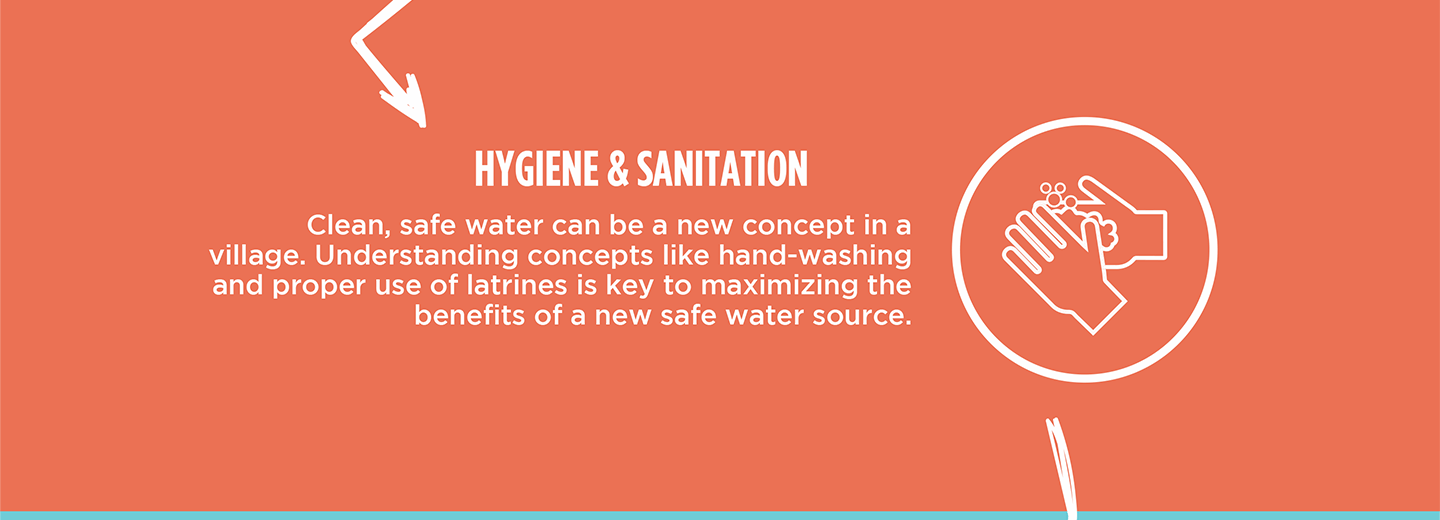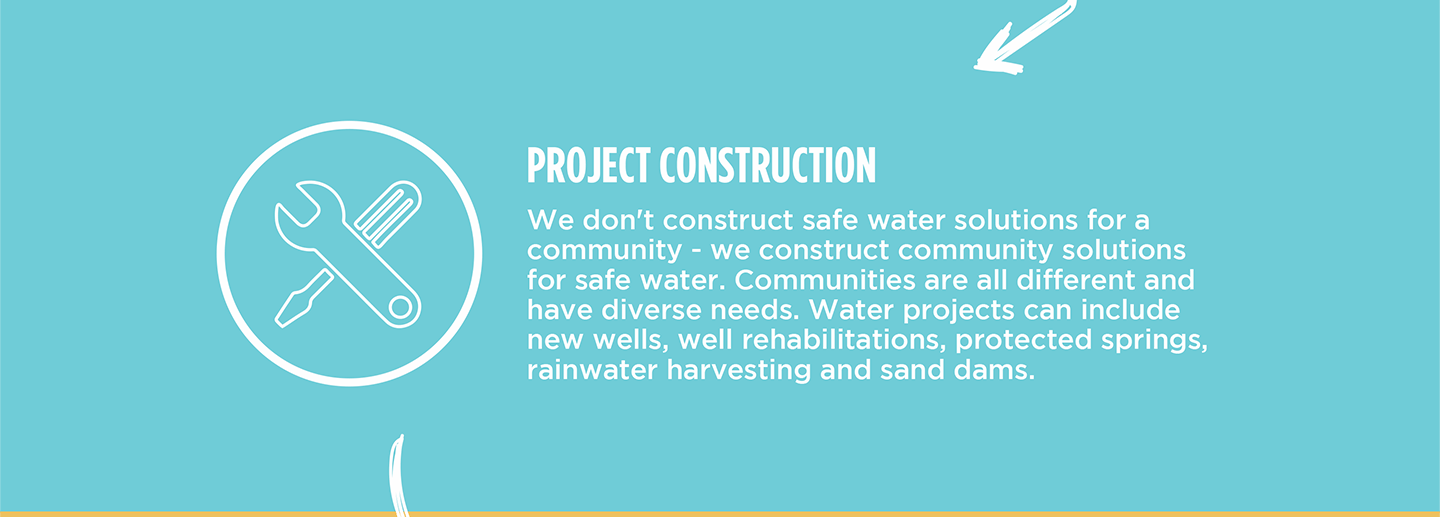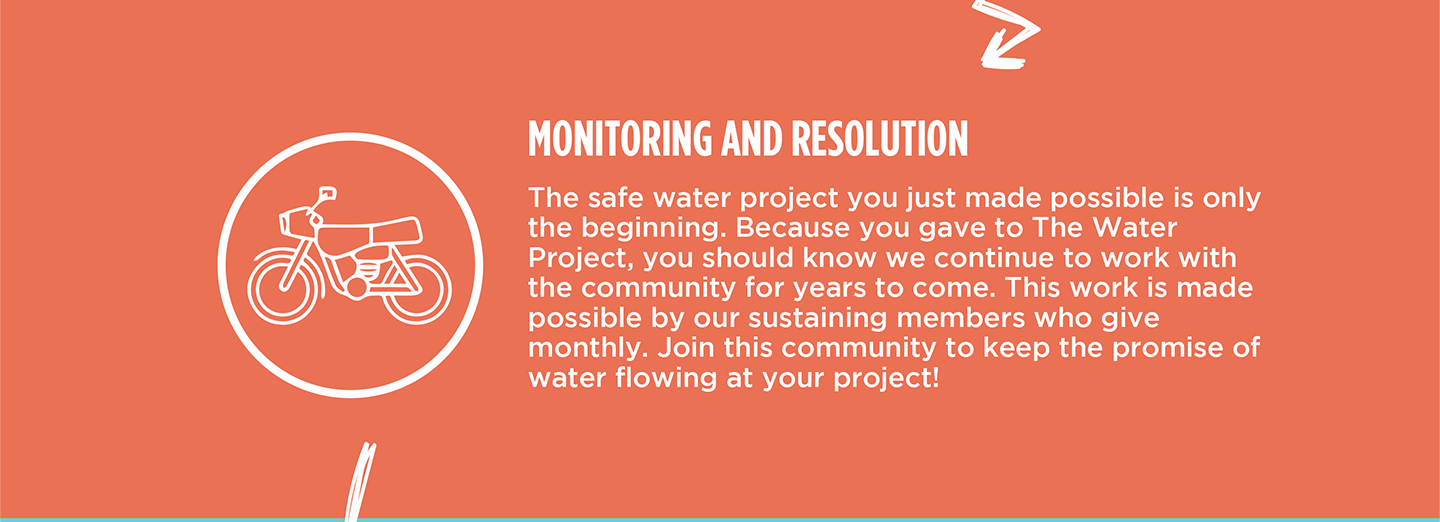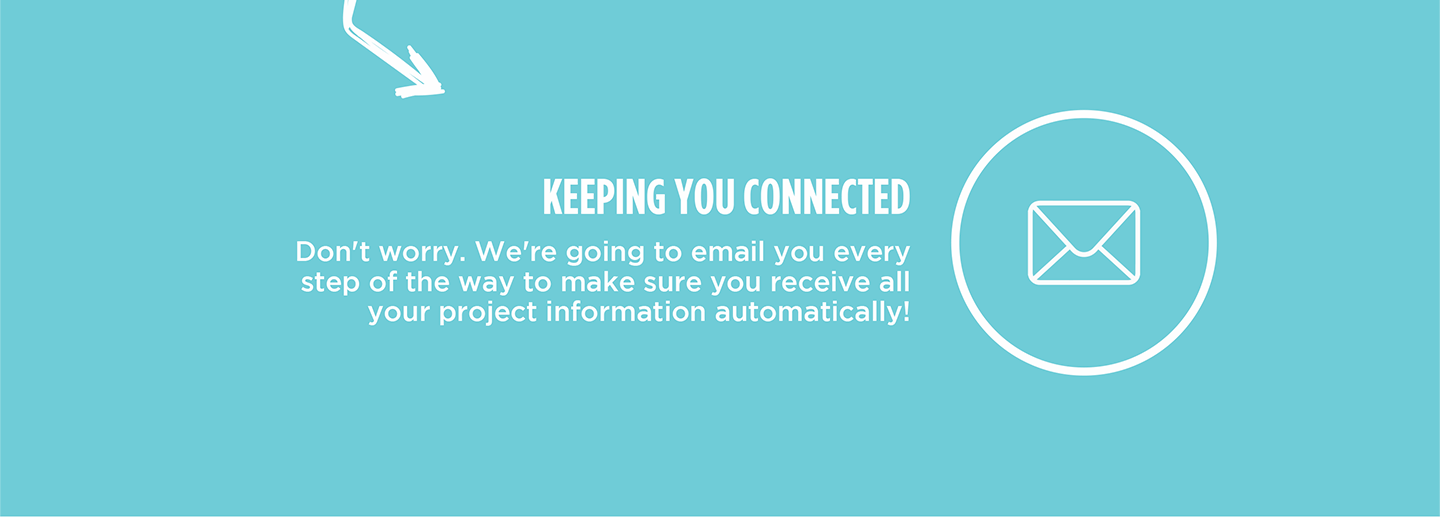The 700 people of Emwaku struggle to access sufficient water to meet their daily needs. Their spring is not properly protected, and collection is challenging. This difficulty leads to the spring being overcrowded and community members inevitably wasting the precious time needed for other essential things.
"The water crisis impacts the daily schedule of community members because they always want to have water in their storage [containers] before anything else. By so doing, they find themselves crowded at the water point," said field officer Jacqueline Kangu when describing the water situation in Emwaku.

"The water point is exposed to surface runoff that flows from both sides of the spring. There's sharp concrete and hard core exposed from the stairway to the drawing point, which makes it very dangerous and difficult to access water," Jacqueline continued.
"The sharp concrete always hurts my feet while drawing water here," agreed six-year-old Razack S.

However, the difficulty accessing the spring and the time wasted waiting to collect water is not the only issue with the spring. The water it provides for people is also contaminated, making it risky for community members to consume what they collect.
"The water challenges facing the community include diseases and infections related to dirty water," said Jacqueline.

"Anytime I take this water before I boil it, I suffer from stomachaches and diarrhea because [it] is exposed to contamination. Due to my body weight, I cannot lift water from this drawing point; otherwise, I'll fall. [I] am therefore forced to pay for someone to carry water for me at my home," shared 60-year-old farmer Josephine Malala.
"I fear stepping in water because I have always been bitten by liver flukes. During [the] rainy season, the water is usually dirty, and I can't drink it," concluded Razack, shown below (red shirt) with other children collecting water from the spring.

The protection of the spring will enable young and old alike in Emwaku to safely collect water they can trust enough to drink without treating it and allow them time to focus on the other essential things they need to do.
The Proposed Solution, Determined Together...
At The Water Project, everyone has a part in conversations and solutions. We operate in transparency, believing it benefits everyone. We expect reliability from one another as well as our water solutions. Everyone involved makes this possible through hard work and dedication.
In a joint discovery process, community members determine their most advantageous water solution alongside our technical experts. Read more specifics about this solution on the What We're Building tab of this project page. Then, community members lend their support by collecting needed construction materials (sometimes for months ahead of time!), providing labor alongside our artisans, sheltering and feeding the builders, and supplying additional resources.
Water Access for Everyone
This water project is one piece in a large puzzle. In Kenya, Sierra Leone, and Uganda, we're working toward complete coverage of reliable, maintained water sources that guarantee public access now and in the future within a 30-minute round trip for each community, household, school, and health center. One day, we hope to report that this has been achieved!
Training on Health, Hygiene & More
With the community's input, we've identified topics where training will increase positive health outcomes at personal, household, and community levels. We'll coordinate with them to find the best training date. Some examples of what we train communities on are:
- Improved hygiene, health, and sanitation habits
- Safe water handling, storage & treatment
- Disease prevention and proper handwashing
- Income-generation
- Community leadership, governance, & election of a water committee
- Operation and maintenance of the water point
Chlorine Dispensers
Installing chlorine dispensers is an important piece of our spring protection projects. Protecting a spring provides community members with an improved water source, but it doesn’t prevent contamination once the water is collected and stored. For example, if the water is clean and the container is dirty, the water will become contaminated.
We ensure that each chlorine dispenser is filled with diluted chlorine on a consistent schedule so that people can add pre-measured drops to each container of water they collect. That way, community members can feel even more confident in the quality of their water.






 Protected Spring
Protected Spring
 Rehabilitation Project
Rehabilitation Project




